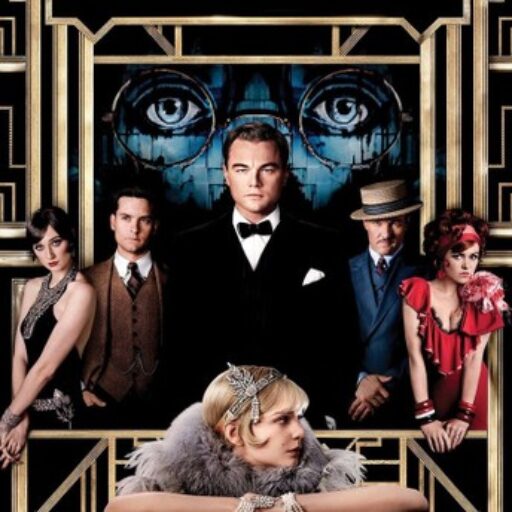The 1974 adaptation of “The Great Gatsby,” directed by Jack Clayton, stands as one of the most famous film interpretations of F. Scott Fitzgerald’s renowned novel. Starring the charismatic Robert Redford as the enigmatic Jay Gatsby and the ethereal Mia Farrow as the beautiful Daisy Buchanan, this version is celebrated not only for its lavish production design but also for its strong performances that bring the characters to life in vivid detail.
The film effectively captures the opulence of the Jazz Age, showcasing extravagant parties and the glamorous lifestyle of the wealthy elite, thus immersing viewers in a world of decadence and desire. It features a notable score by composer Nelson Riddle, which skillfully enhances the film’s atmosphere and emotional depth, intertwining beautifully with the narrative. The adaptation aims to stay true to the novel’s core themes, exploring the relentless pursuit of the American Dream, the complexities of love, and the moral decay that can accompany great wealth and privilege.
While the film received mixed reviews upon its initial release, it has since gained a devoted cult following and is appreciated for its striking visual style and the palpable chemistry between the lead actors. Overall, the 1974 adaptation remains a significant and enduring part of Gatsby’s cinematic legacy, despite some criticisms regarding pacing and character development. Its impact on popular culture and its interpretation of Fitzgerald’s classic story continue to resonate with audiences today, ensuring that its place in film history is firmly secured.


Leave a Reply